Unraveling Auto Body Shop Direct Repair: Benefits and Process
Auto Body Shop Direct Repair (ABSDR) is a collaborative initiative between insurance companies and r…….
In today’s fast-paced world, the automotive industry is undergoing a significant transformation, driven by evolving technologies, shifting consumer preferences, and a growing emphasis on sustainability. At the forefront of this evolution is the concept of ‘Auto Body Shop Direct Repair’—a revolutionary approach that promises to reshape how vehicle damage is assessed, repaired, and managed. This article aims to delve into the intricacies of direct repair, exploring its definition, global impact, economic implications, technological innovations, regulatory landscape, challenges, case studies, and future prospects. By the end, readers will gain a comprehensive understanding of this dynamic field and its potential to redefine the automotive aftercare industry.
Auto Body Shop Direct Repair (or Direct Repair) is an innovative business model within the automotive service industry that facilitates the direct repair of damaged vehicles by authorized repair facilities without involving insurance companies in the process. This approach streamlines the claim settlement and repair procedures, empowering vehicle owners with more control and faster, more efficient repairs.
The key components of direct repair include:
The concept of direct repair has its roots in the traditional automotive service industry, where repairs were often facilitated through insurance claims. However, with the rise of technology and changing consumer expectations, the model began to evolve. The digital age introduced online platforms and mobile applications, enabling direct communication between consumers and repair providers. This shift towards digital connectivity paved the way for more efficient and transparent direct repair services.
Over time, the benefits of direct repair became evident, leading to its growing adoption globally. Today, it is seen as a game-changer in the automotive industry, particularly with the increasing demand for faster, more cost-effective, and environmentally friendly vehicle repairs.
Auto Body Shop Direct Repair has made significant inroads across various regions, each adopting and adapting the model to suit local market dynamics. North America, Europe, and Asia Pacific are notable hubs for direct repair innovation and implementation:
The global auto body shop direct repair market is experiencing significant growth, driven by the aforementioned trends and a growing awareness of the benefits associated with this model. According to a recent report by Grand View Research, the global direct repair market size was valued at USD 182.4 billion in 2021 and is expected to grow at a compound annual growth rate (CAGR) of 7.2% from 2022 to 2030.
The rise of direct repair has attracted substantial investments from various sources, including:
Direct repair has far-reaching economic implications:
One of the most significant technological advancements in auto body shop direct repair is the development of user-friendly digital platforms and mobile applications. These tools enable:
AI and ML are transforming direct repair by:
The integration of IoT in direct repair includes:
The development of direct repair is heavily influenced by policies and regulations that vary across jurisdictions:
Regulatory bodies play a crucial role in shaping the direct repair landscape:
Despite its numerous benefits, auto body shop direct repair faces several challenges:
Criticisms of the direct repair model include:
Germany has successfully implemented a digital direct repair network, utilizing an online platform that connects insurers, repair shops, and policyholders. This system streamlines the claim process, allowing customers to compare quotes from various repair facilities. The result is reduced administrative costs for insurers and faster, more efficient repairs for consumers. The German model has set a benchmark for other countries seeking to establish direct repair systems.
Japan, known for its robust disaster response, has incorporated direct repair into its national strategy for post-disaster vehicle recovery. Following natural disasters like earthquakes and typhoons, the country’s direct repair network swiftly mobilizes authorized repair shops to assist in restoring transportation infrastructure. This coordinated approach ensures efficient repairs and minimizes disruptions to affected communities.
In urban areas with dense populations and limited parking spaces, mobile repair services have gained popularity as a direct repair solution. These services bring the repair shop to the customer’s location, eliminating the need for long trips to the workshop. With advanced diagnostics tools mounted in mobile units, technicians can assess and repair vehicles on-site, offering convenience and faster turnaround times.
The future of auto body shop direct repair holds immense promise across various sectors:
Several emerging trends are shaping the future of direct repair:
To capitalize on future prospects, stakeholders in the direct repair ecosystem should:
Auto Body Shop Direct Repair represents a paradigm shift in the automotive service industry, offering enhanced efficiency, transparency, and control to vehicle owners while streamlining processes for repair shops and insurance providers. With its global reach and continuous evolution, this model is poised to redefine how we approach vehicle repairs, fostering sustainability, innovation, and customer satisfaction.
As technology advances and consumer preferences evolve, direct repair will continue to adapt and grow, shaping a more efficient and responsive automotive aftercare landscape. The future of vehicle repairs looks directly ahead, with direct repair leading the way.
What is the main benefit of auto body shop direct repair?
Direct repair offers several advantages, including faster claim settlement times, reduced administrative costs, increased transparency, and more control over the repair process for vehicle owners.
How does direct repair differ from traditional insurance-driven repairs?
Traditional repairs involve insurance companies closely managing the claim and repair process, often leading to longer wait times and less consumer control. Direct repair, on the other hand, allows policyholders to communicate directly with authorized repair shops, streamlining the process and providing more autonomy.
Can direct repair ensure the same quality as traditional repairs?
Yes, direct repair can guarantee high-quality repairs. With proper regulatory oversight, quality control measures, and trained technicians, authorized repair shops can maintain or even exceed the standards of traditional repair services.
What role does technology play in modern direct repair?
Technology is pivotal in direct repair, enabling digital platforms for communication, AI for damage assessment and predictive maintenance, IoT for real-time data sharing, and blockchain for secure record-keeping. These advancements enhance efficiency, transparency, and customer experience.
How can consumers ensure they are using a legitimate direct repair service?
Consumers can verify the legitimacy of a direct repair service by checking if the repair shop is authorized by insurance companies or automotive manufacturers, ensuring compliance with local regulations, and seeking references from trusted sources. Online reviews and certifications can also provide valuable insights.

Auto Body Shop Direct Repair (ABSDR) is a collaborative initiative between insurance companies and r…….
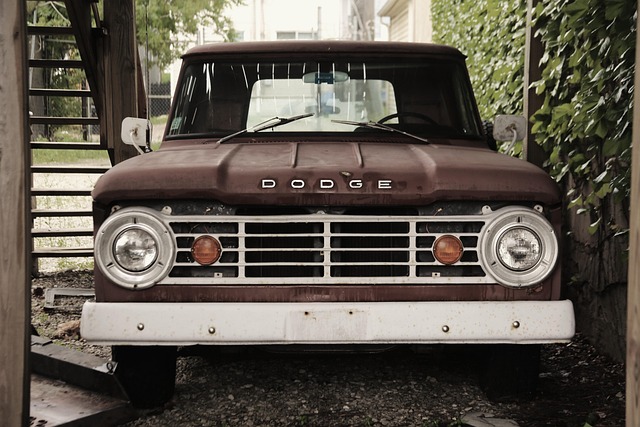
In the auto body shop direct repair field, Direct Repair Billing (DRB) enhances transparency and eff…….

Direct Repair Shops (DRCs) offer a seamless auto body experience by managing all collision repair se…….

The Auto Body Shop Direct Repair Program (DRP) is a collaboration between car manufacturers and body…….

Auto Body Shop Direct Repair revolutionizes vehicle maintenance by bringing expert care directly to…….

Direct repair auto body shops offer streamlined, efficient, and cost-effective vehicle bodywork repa…….
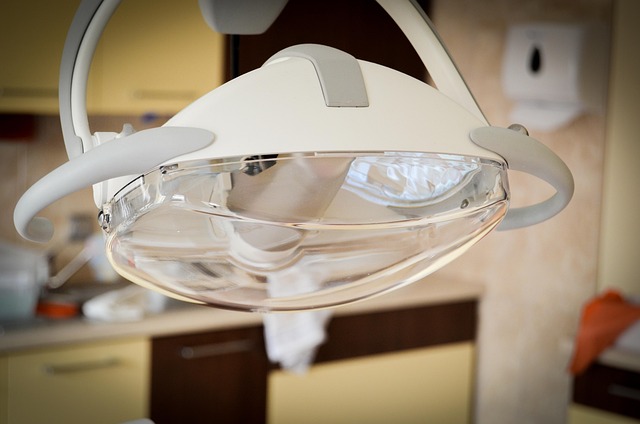
Direct Repair Partnerships (DRPs) between insurance providers and auto body shops simplify collision…….
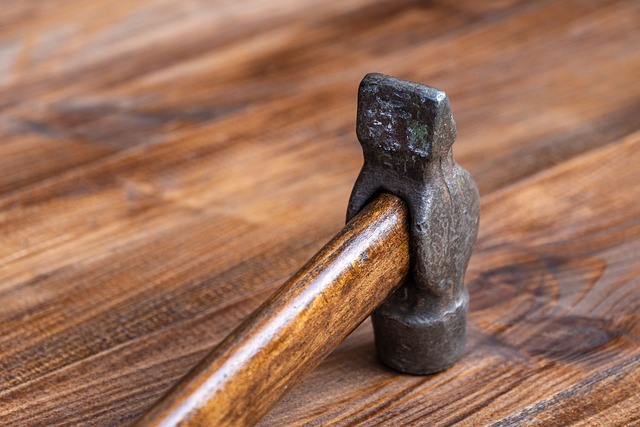
Direct Repair Shops (DRS) offer faster, personalized collision repairs for vehicles without insuranc…….
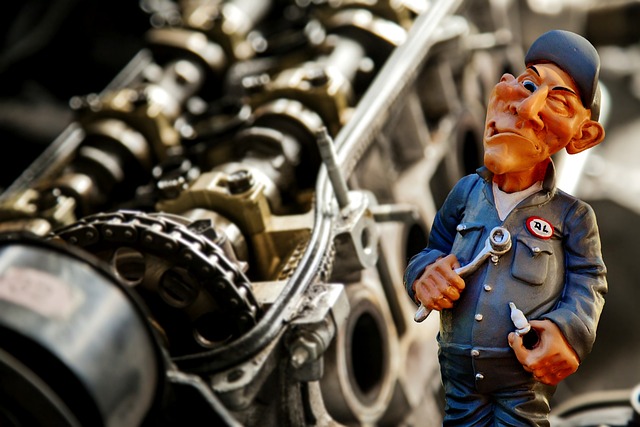
Auto body shop direct repair programs transform automotive repairs by cutting out intermediaries, st…….
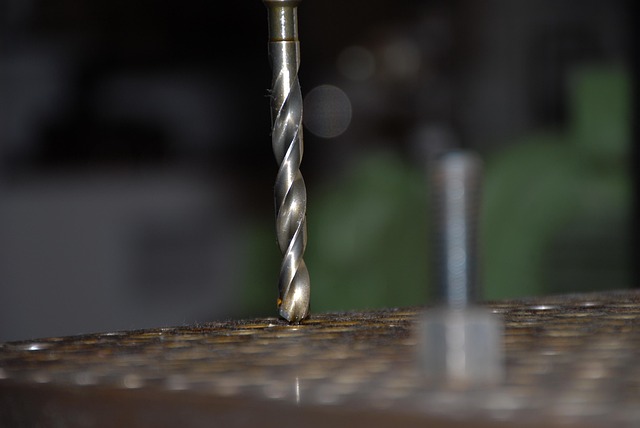
Direct Repair Programs (DRPs) are collaborative initiatives between insurance companies and auto bod…….